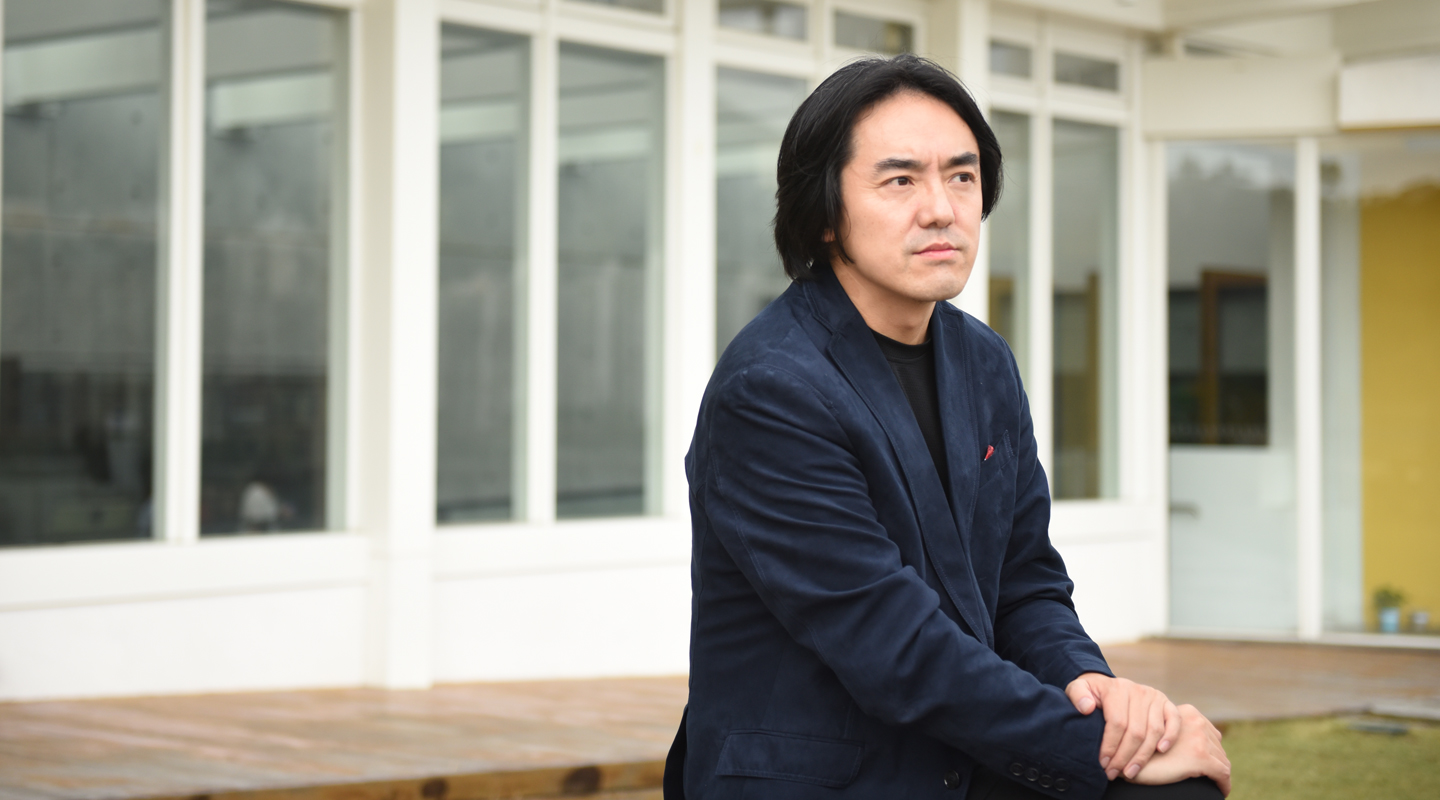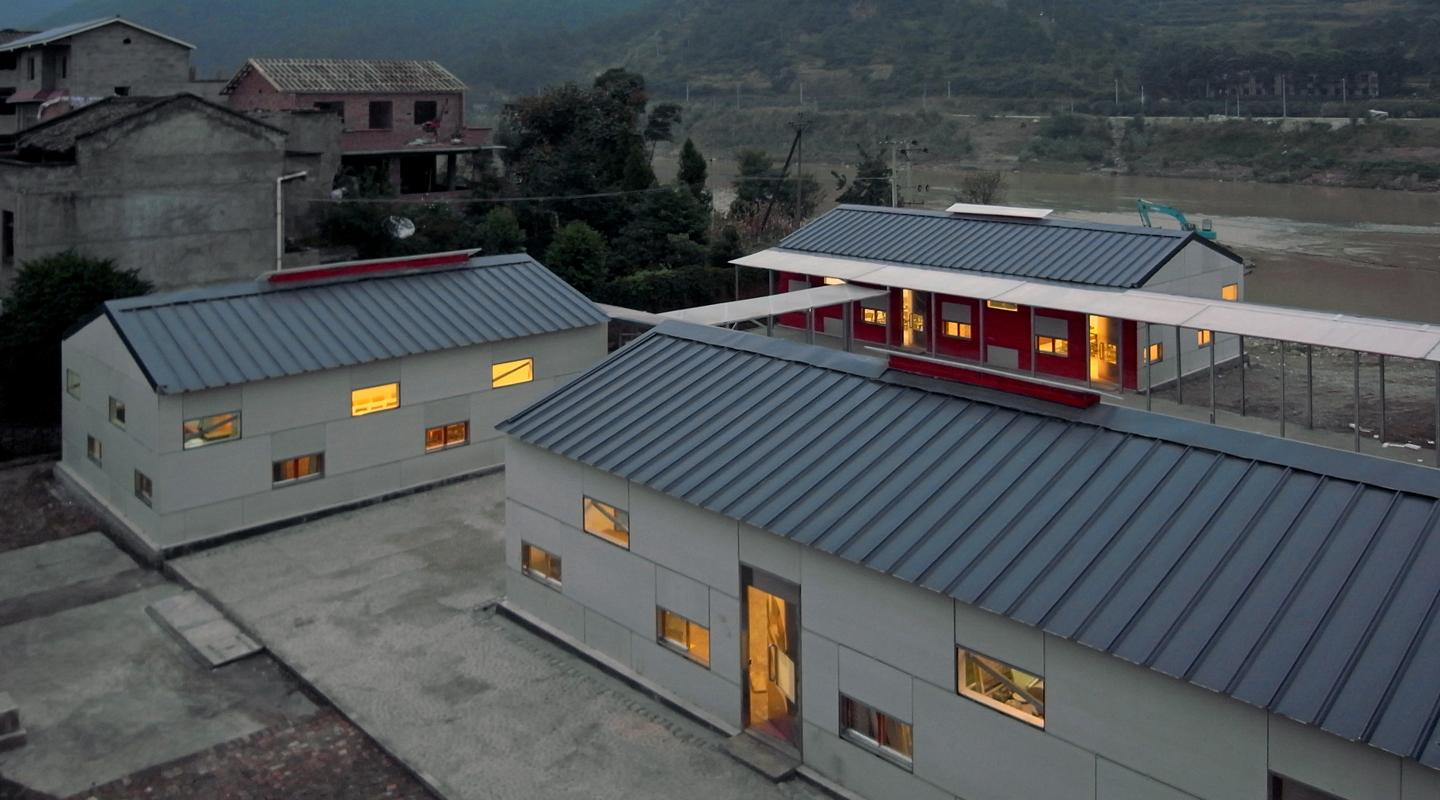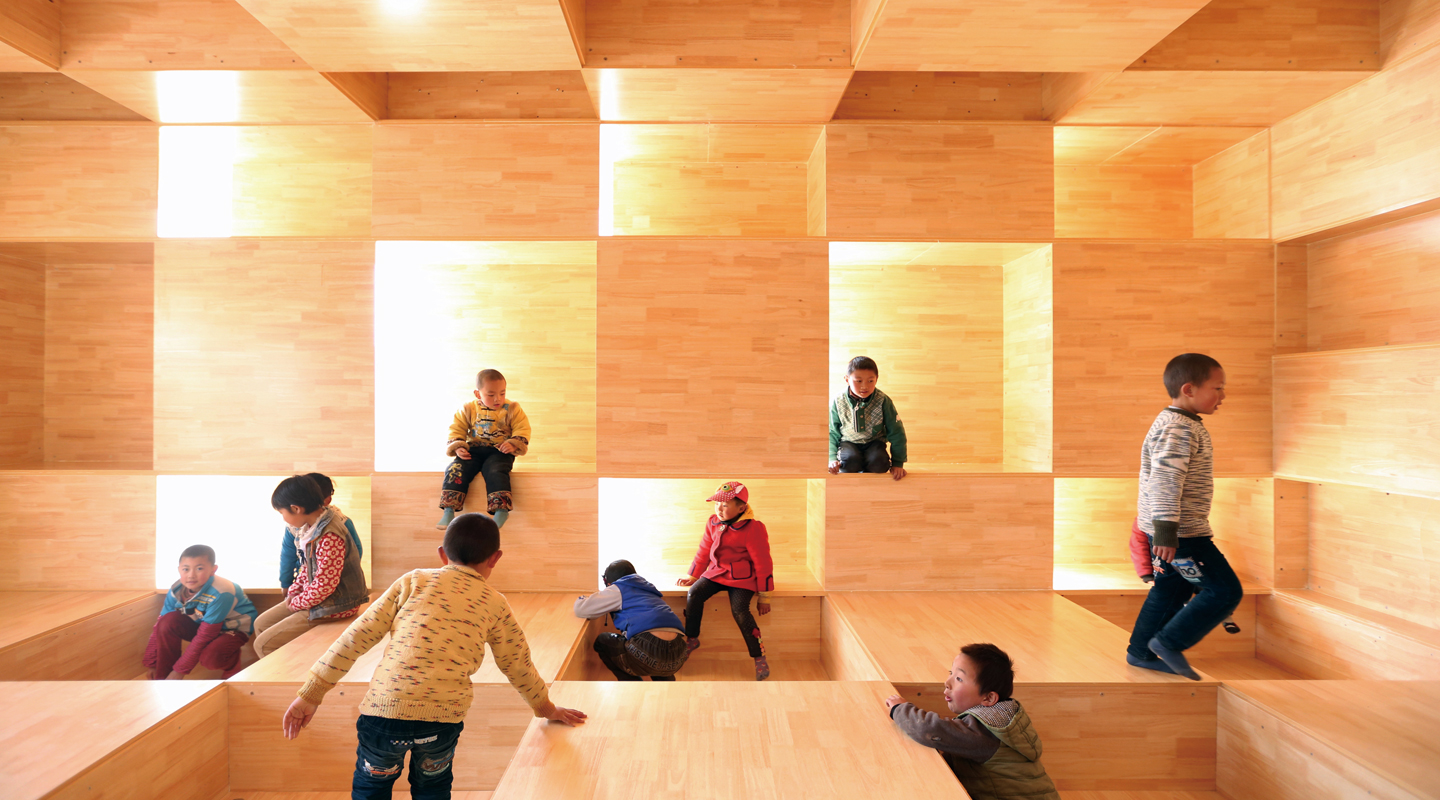Dear readers, With the launch of e-newsletter CUHK in Focus, CUHKUPDates has retired and this site will no longer be updated. To stay abreast of the University’s latest news, please go to https://focus.cuhk.edu.hk. Thank you.
Prefabrication
The Arts and Sciences of Piecing Things Together

To modern men and women, speed is king. We read instant news on our mobile phones. Fast-food joints are found in every corner. ‘Efficiency’ is synonymous with ‘effectiveness’. As Hong Kong is crying out for more housing units, prefabrication, a construction method renowned for its high efficiency, has understandably become a hot topic in the city. But is efficiency the sole merit of prefabrication? Prof. Zhu Jingxiang of the School of Architecture, who has been working on prefabrication for more than a decade, may provide some of the answers.
Professor Zhu built a 480m2, two-storey primary school in Kenya in 28 days. After the magnitude 7.8 earthquake devastated Wenchuan County in Sichuan Province in 2008, leaving the areas nothing but rubble, Professor Zhu built a 437m2 primary school in 14 days in the year that followed, offering relief to the children in distress. Such ‘efficiency’ is no doubt desirable.

However, Professor Zhu cautioned that the efficiency of prefabrication should not be over-emphasized: ‘If you go to a restaurant, knowing that the restaurant makes food quickly, you may doubt the food quality. Are they good for health? The same applies to housing.’
Less Pollution, Fewer Nuisances and More Adaptable
As its name suggests, prefabrication, which consists of the prefix ‘pre’ and the root ‘fabric’, is a construction method whereby parts or modules of houses or facilities are produced in factories before they are assembled on site. This offers some advantages. ‘As some buildings constructed by prefabrication could spare the piling process, this could eliminate piling noises. Prefabrication also could eliminate the spread of dust, and reduce construction wastes to a very low level,’ Professor Zhu said. ‘As it takes a shorter time to complete construction, prefabrication would cause less disruption to road traffic nearby. In densely populated areas, prefabrication causes fewer nuisances to the surroundings and the people.’
Prefabricated materials are recyclable. Similar to Lego blocks, the same set of prefabricated components could be reassembled in different ways to create different objects or models. For example, a media centre which is set up in a city for an international tournament could be dismantled and the same components used to build another kind of building, such as an exhibition hall, a school or an office.
Prefabrication will change the landscape of the construction industry. Spending most of their time outdoors, construction workers are easy preys of the elements. As prefabrication allows workers to simply operate machines indoors, they could work in a more decent and safer environment. The apparently simple construction method comes with a variety of benefits to traffic and environment, and protects the practitioners.
Standardized Modules, Standardized Buildings
There is, however, another side to the coin of prefabrication. Modules are identical and thus the built structures look the same. ‘Just like the Stormtroopers,’ Professor Zhu compared the modules to the faceless soldiers in the Star Wars series. The lack of uniqueness would lead to ‘identity problem’ as owners may grumble that their premises look the same as their neighbours’. Producing differentiated components is inevitably followed by higher costs. In addition, as more components are produced by mechanical means, less manpower is needed. Traditional craftsmen in the industry such as bar benders, bamboo scaffolders, and plasterers may find their skill-sets under threat.
Is Prefabricated Housing Suitable for Living?
In 1999, a nine-storey apartment was built at Murray Grove in East London in six months. In 2006, social enterprises and developers in Holland built container homes of Keetwonen, providing 1,000 units the majority of which have been rented to students. The two architectures still stand today.
Are prefabricated architectures too simple and only good for makeshift design? Just look at the HSBC Headquarters in Central. The 30-year-old landmark building, designed by Norman Foster, was constructed by prefabrication. To shorten the construction time, public housing in Hong Kong has been adopting modules for repetitive structures including façades and staircases. Prefabrication has been with us all along.

Checkered Playroom, Children’s Wonderland in Rural Regions
Prefabrication is not only suitable for construction in urban centres but also in remote rural areas. In 2015, Professor Zhu, using prefabrication, set up the first Checkered Playroom in a remote village in Gansu Province. Made of concave and convex squares, the playroom offers local children the opportunity to explore and play. When the locals relocate to other places, they may dismantle the Checkered Playroom and rebuild it in another location and reshape it to fit the new landscape. The playroom is more than a building as it boosts the cohesion of the community. To build the playroom, the locals have to communicate and work together.
Putting a lot of resources into building educational facilities in rural areas is not cost-effective. The playroom, which is of high flexibility and adaptability, is a way out. Since the first one was constructed, subsequent playrooms were introduced in regions including Xinjiang, Chongqing, and Yunnan. As at 2016, there were some 40 playrooms and they have brought warmth and joy to the children in those regions.
In the 2016 Venice Biennale, the world’s most famous architectural exhibition, Professor Zhu displayed Dou Pavilion, which was the Checkered Playroom adapted for the Mediterranean climate. The architecture, popular among visitors to the Venice Biennale, has proved that simplicity and beauty are no longer contradictions. Instead, the apparently simple architecture is a reminder of Leonardo da Vinci’s famous quote, ‘Simplicity is the utmost sophistication.’
This article was originally published in No. 511, Newsletter in Jan 2018.